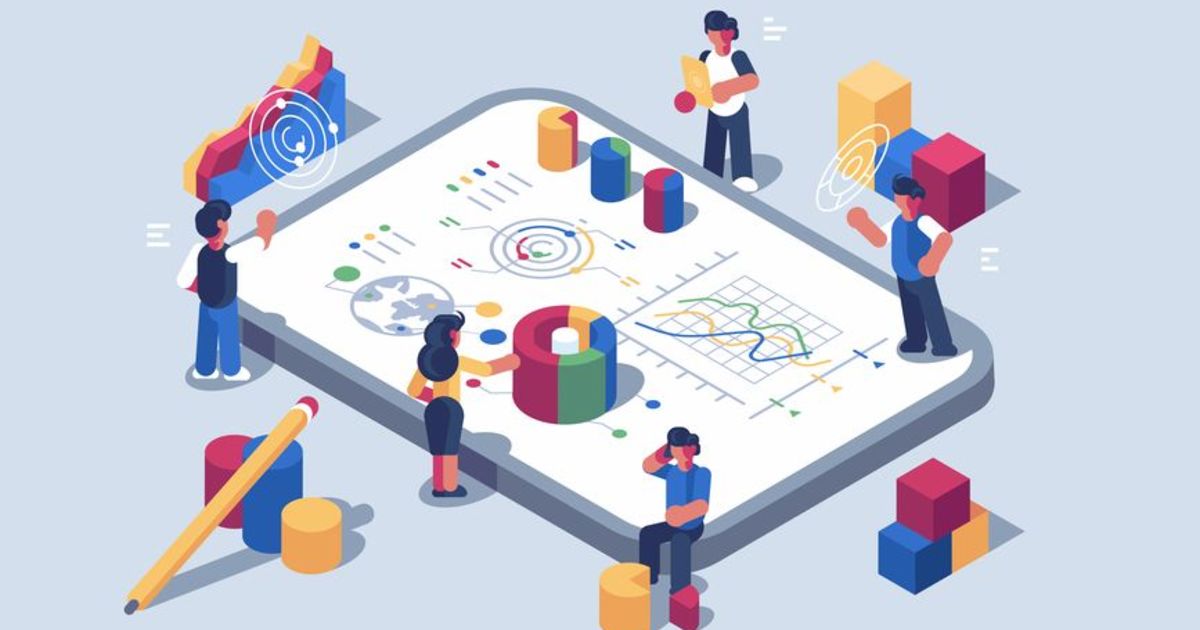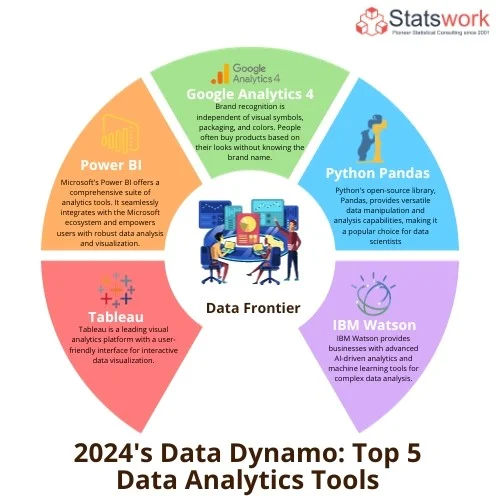Why Services Love Data-Driven Analytics Approaches
Why Services Love Data-Driven Analytics Approaches
Blog Article
Increase Performance and Success Via Data Analytics
In today's data-driven landscape, companies are significantly recognizing the pivotal function of data analytics in enhancing operational efficiency and success. By methodically assessing data, organizations can discover essential understandings that educate critical choices, simplify procedures, and tailor consumer experiences.
Understanding Data Analytics
In today's data-driven landscape, understanding data analytics is essential for companies aiming to boost functional performance and drive productivity. Data analytics involves the systematic computational analysis of data sets to discover patterns, correlations, and understandings that inform decision-making. By utilizing various methods, such as statistical evaluation, equipment knowing, and predictive modeling, companies can change raw data into actionable knowledge.
The procedure normally begins with information collection, where pertinent information is gathered from several sources, including transactional databases, consumer interactions, and market fads. This data is after that cleansed and organized to ensure precision and consistency. When the information is prepared, analytical devices and software are utilized to check out and visualize the details, making it possible for stakeholders to identify patterns and abnormalities.
Ultimately, understanding data analytics empowers organizations to make enlightened choices based on empirical proof as opposed to intuition. It promotes targeted approaches that can maximize source allotment, boost customer complete satisfaction, and enhance overall efficiency. As organizations increasingly identify the value of data-driven insights, a solid grasp of information analytics comes to be a crucial proficiency for teams and leaders alike, placing them for continual success in a competitive atmosphere.

Secret Advantages for Services
Businesses that take advantage of information analytics can open a multitude of advantages that considerably boost their procedures and earnings. One of the primary benefits is boosted decision-making. Data analytics supplies workable understandings stemmed from real-time data, allowing services to make informed selections that straighten with market needs and consumer preferences.

Furthermore, information analytics cultivates improved client experiences. By recognizing customer behaviors and preferences, services can customize their offerings, bring about increased satisfaction and loyalty. This individualized technique frequently leads to greater conversion rates and repeat business.
Moreover, information analytics allows companies to identify arising opportunities and patterns. By staying in advance of the contour, organizations can profit from new markets and innovations before their competitors.
Executing Data-Driven Approaches
Successful implementation of data-driven approaches calls for a thorough understanding of both readily available data and organizational goals sources. Organizations should initially define their objectives plainly, ensuring placement between data campaigns and calculated goals. This quality enables teams to concentrate on pertinent metrics and understandings that drive decision-making.
High-grade data is vital for exact analysis, as poor information can lead to illinformed approaches and squandered resources - Analytics. Organizations has to develop procedures for data collection, cleaning, and management to preserve data integrity.
Furthermore, fostering a data-driven society is critical. Workers in all degrees must be urged to leverage data in their daily operations. Training programs and workshops can enhance information proficiency, equipping team to make informed decisions based on logical understandings.
Devices and Technologies Overview
A durable collection of devices and innovations is crucial for organizations intending to harness the complete capacity of information analytics. These devices promote the collection, handling, and visualization of information, allowing services to obtain actionable understandings.
At the fundamental degree, data monitoring systems such as SQL databases and NoSQL systems provide effective data storage and retrieval capabilities. For information handling and evaluation, programming languages like Python and R, in addition to structures such as Apache Glow, allow intricate calculations and artificial intelligence applications.
Visualization devices, consisting of Tableau and Power BI, transform raw data right into instinctive visual layouts, making insights obtainable to stakeholders in any way degrees. Additionally, cloud-based systems like Google Cloud and AWS use scalable storage space and handling remedies, fitting the growing volumes of data companies encounter.
For advanced analytics, anticipating modeling and AI-driven options are significantly taken on, allowing companies to forecast fads and boost decision-making processes. Incorporating these tools into existing workflows is vital; organizations that effectively take advantage of this technology can substantially enhance operational performance and drive profitability. Thus, investing in the right tools and modern technologies is a tactical essential for any type of data-driven company.
Study of Success
Leveraging information analytics has actually led various organizations to read achieve impressive improvements in effectiveness and productivity. One noteworthy case is a huge retail chain that carried out anticipating analytics to optimize stock management. By assessing historical sales information and customer patterns, the firm decreased excess stock by 30%, bring about significant expense financial savings and enhanced cash circulation.
Another example can be located in the production industry, where a leading auto supplier used data analytics to improve its production processes. By checking equipment efficiency in real-time, the company identified inefficiencies and traffic jams, causing a 20% boost in general devices efficiency (OEE) This not just improved manufacturing prices however also lessened downtime and maintenance costs.

These study show exactly how information analytics can drive critical decision-making, maximize procedures, and eventually improve both effectiveness and earnings throughout different fields.
Verdict
In final thought, the integration of information analytics into service operations offers substantial chances for enhancing effectiveness and profitability. By systematically assessing data, organizations can identify inadequacies, optimize consumer experiences, and make notified choices. The adoption of anticipating modeling and real-time monitoring better enables companies to remain ahead of emerging trends and allocate resources efficiently. Inevitably, the tactical execution of data-driven methodologies promotes continual affordable benefits check out here and drives considerable renovations in operational efficiency and economic outcomes.
In today's data-driven landscape, comprehending data analytics is necessary for companies aiming to improve functional performance and drive earnings. Information analytics entails the systematic computational evaluation of data sets to discover patterns, connections, and understandings that inform decision-making. Information analytics offers workable understandings obtained from real-time data, enabling services to make educated choices that align with market needs and consumer preferences.
Top quality information is vital for my company precise analysis, as inadequate information can lead to misguided methods and wasted resources. Organizations should develop processes for data collection, cleansing, and management to keep data integrity.
Report this page